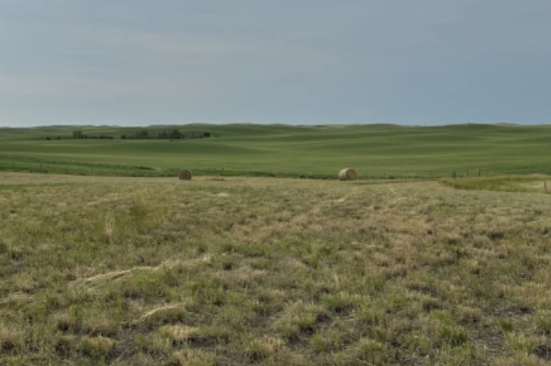The Conditional Adjustment of Reclamation Liability program, or CARL, is part of the ongoing work to improve closure liability estimates for Alberta’s oil and gas infrastructure and is a key part of our liability management framework. The program started in April 2024 with the goal to create efficiencies, cut red tape, and improve closure liability estimates for Alberta’s oil and gas infrastructure.
How the program works
CARL allows a licensee to request a temporary, conditional adjustment of their organization’s liability estimates—the amount of money that they would need to spend to ensure that their well site is cleaned up, properly abandoned, and reclaimed.
Licensees can submit their site through OneStop, once they’ve completed all required abandonment, remediation, and reclamation work. If their site meets these conditions, the AER will temporarily lower their reclamation liability for that site to $5000 for cultivated land, or $9000 for all other land types. This liability reduction is conditional, temporary, and may last for up to five years, or until that licensee receives a reclamation certificate, whichever occurs earlier. If the licensee does not receive a reclamation certificate within the five-year time frame, their full liability is restored.
This program benefits industry by lowering their total liability while vegetation is regrowing, thereby allowing them to use resources for other reclamation or development projects. In turn, this provides the AER with a more accurate picture of reclamation activities and licensees liability performance across the province.
“The vegetation that surrounds a wellsite may take several years to regrow,” says Corey Zadko, manager, Enterprise Reclamation. “CARL lets us watch a wellsite through that final reclamation milestone while more fairly reporting liability.”
Measuring Program Outcomes
Since inception, the program received about 8900 submissions and resulted in a reduction in liabilities of $135.6 million—though this number will change as program sites are fully reclaimed and other sites are added. More than 700 licences received a reclamation certificate after being part of the CARL program. For reference, the AER typically issues between 3500 and 4000 reclamation certificates a year.
“There was a big spike in submissions in the early months of CARL as many licensees were interested in trying out the program,” says Corey. “We now expect to see submission numbers and reduced liability dollars stay relatively constant in the coming years.”
In 2024, reclamation efforts certified and returned an astounding 12,000 acres—that’s 4800 hectares or about 6000 football fields—to landowners or back to the public land base.

What’s next for CARL?
The Conditional Adjustment of Reclamation Liability program is proving to be a valuable tool in Alberta’s approach to responsible energy development. By supporting licensees through the final stages of site closure while maintaining strong oversight, CARL is helping to ensure that Alberta’s landscapes are restored efficiently and responsibly. CARL will continue to evolve as part of Alberta’s commitment to sustainable resource development.


